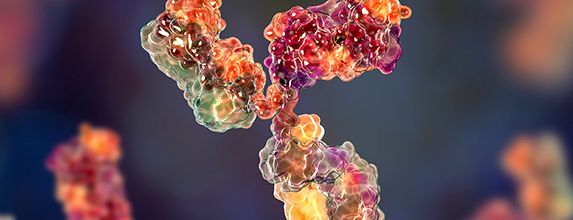Search Thermo Fisher Scientific
CD23 ELISA Kits
Invitrogen ELISA kits exist in two formats: Uncoated and Coated.... ELISA kits are commonly used to measure soluble biomarkers across a variety of research areas. ELISA kits for Human CD23 can be quantified in various samples, including plasma, serum, supernatant.
Invitrogen ELISA kits exist in two formats: Uncoated and Coated. Uncoated ELISA kits... ELISA kits are commonly used to measure soluble biomarkers across a variety of research areas. ELISA kits for Human CD23 can be quantified in various samples, including plasma, serum, supernatant.
Invitrogen ELISA kits exist in two formats: Uncoated and Coated. Uncoated ELISA kits include all the necessary reagents to coat your own plates and run your assay with maximum flexibility. Coated ELISA kits...
2 References
96 Tests



Performance Guarantee
If an Invitrogen™ antibody doesn't perform as described on our website or datasheet,we'll replace the product at no cost to you, or provide you with a credit for a future purchase.*
Learn more
We're here to help
Get expert recommendations for common problems or connect directly with an on staff expert for technical assistance related to applications, equipment and general product use.
Contact tech support